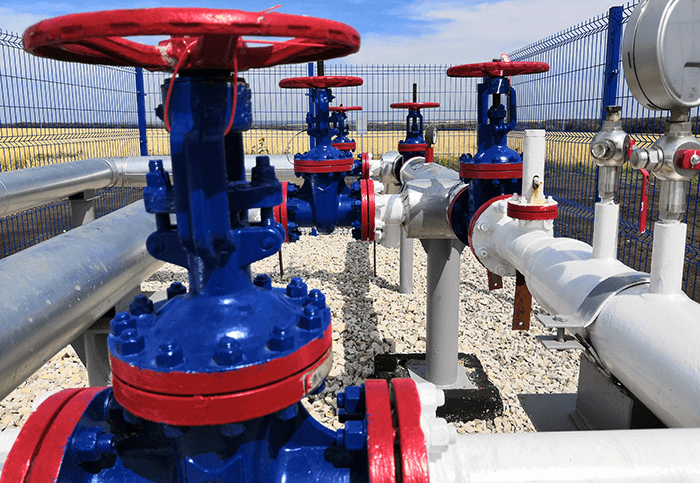
Understanding the pump and valve supply chain for making business decisions.
Baker Hughes
06/12/2019
The global pump and valve industries have been riding a recent rollercoaster of swings over the past five years. The 2014 drop in oil price drove an oil and gas market decline; followed by a recovery that coincided with a slowdown of lesser proportions in the power segment. Trade wars and protectionism are currently driving incremental challenges, making life difficult for smaller, less flexible companies to succeed on a global scale.


